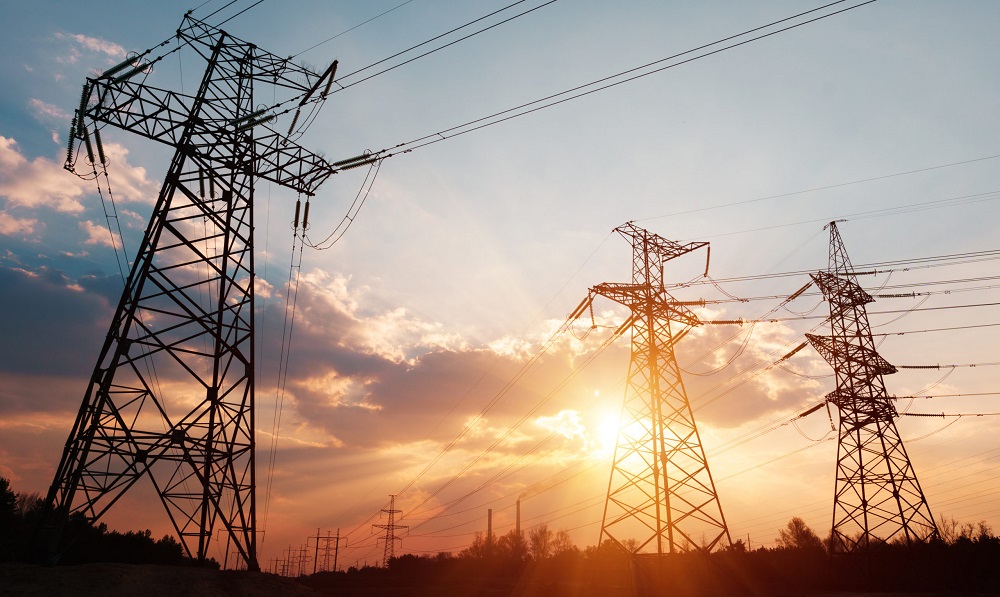As an electrical engineer or professional you already know that an electrical or distribution substation is very important components of any power distribution system.
Normally electrical grid can be considered as simple circuit which includes power source or generation, power transmission and electricity distribution lines for connecting to the electricity consumers.
The role of electrical substation is most important in terms of converting the voltages to match the transmission and distribution levels.
Major Roles of Substations
Substations facilitate the regional interconnection of neighboring electrical grids that increases system efficiency and reliability.
Facilitate the connection of different generation station into electrical power grid.
Step down the high and medium voltages to value suitable for distribution at the customers’ level.
Regulate the power system voltage using the tap changer with the power transformer, capacitors and reactors.
Facilitate the disconnection of some of subsystem (such as transformer, transmission line) to achieve maintenance, programming tests or even extension works using disconnection switches at the substation.
Different Types Of Distribution Substation
In electrical engineering terms there are two famous & main types of distribution substations.
- Transmission substations
- Distribution substations
Transmission substations are used to transform the high transmission voltage into lower high voltage or even medium voltage before delivering the power to distribution centers.
On the other hand distribution substations are used to step down the medium sub-transmission voltages to low voltages which are suitable for distribution purposes for end user convenience.
Also substations can be classified as indoor & outdoor substations.
In the outdoor substation all the circuits are located in the external space and the circuits are isolated using the air.
On the other hand in the indoor substation all the main circuits including the high and low voltages circuits are located inside the specially constructed building excluding the power transformers.
For indoor substations circuits are isolated using fiber and integrated papers.
Components Of A Distribution Substation
Till now we have talked about the basic introduction of substations and their types now let us see a little bit in detail the components of a typical substation.
Below is the list of substation components that are typical for most systems.
- Power Transformers
- Circuit breakers
- Isolators
- Bus bars
- Voltage and current transformers
- Capacitors and reactors
- Lightning Arresters
- Earthing system & Earthing switches
- Protection and measurement panels
- Control panel and communication devices
- Batteries to supplies protecting and measuring relays
- Current limiting reactors
- Line trap
Components of a Distribution Substation – Brief Details
Transformers are very first part of any power distribution substation step up or down the voltages before distributing the electrical power into load centers.
Circuit breakers are used to connect & disconnect the power supply.
There are many types of circuit breakers i.e. air blast, oil, vacuum, SF6 etc.
Isolators are used to provide the visual isolation after already disconnecting the circuit with circuit breakers.
There are interlock between the isolator and circuit breaker to guarantee that isolators are opened before the circuit breaker because the isolators are not equipped with arch extinguished mechanisms.
Bus bars are also integral part of a power distribution substation which are used to collect the electrical power before distributing it into primary feeders.
The bus bars are classified into many types according to substation rating.
Voltage and current transformers are special transformers which are used for measurement and protection purpose. They always step down the current and voltage to values suitable for measuring and protection devices.
Capacitors and reactors can be connected in series or parallel and used for voltage regulation by generating or absorbing the reactive power.
Lightning arresters are used to protect the substation installations and equipment from the high voltage generated due to the lightning stroke on the substation building.
Earthing system is very important part of a substation which is used to protect the power system operators from the ground discharge which may occur in substation devices due to short circuits and unintentional touching of naked wires.
Earthing switches are used during maintenance to ground the device in order to protect the power system engineers.
Protection and measurement panels are used to achieve continuity of supply by safeguarding the entire system of a power distribution substations to maintain, minimize damage and repair costs and to ensure safety of personnel.
Control panel and communication devices are the parts responsible of achieving the logical and software dealing with the electrical devices.
Substation Bus Schemes
The electrical and physical arrangement of the switching and busing at a power distribution substation is determined and depends upon the substation type or scheme.
Selection of particular substation scheme is based on safety, reliability, economy, simplicity and other consideration.
The most commonly used substation bus schemes are:
- Single bus scheme
- Double bus double breaker scheme
- Double bus single breaker scheme
- Main and transfer bus scheme
- Ring bus scheme
- Breaker and half scheme
Discover more from Electrical Engineering 123
Subscribe to get the latest posts sent to your email.


Pingback: Circuit Diagram Of Contactor – Raffaellamilanesi.net